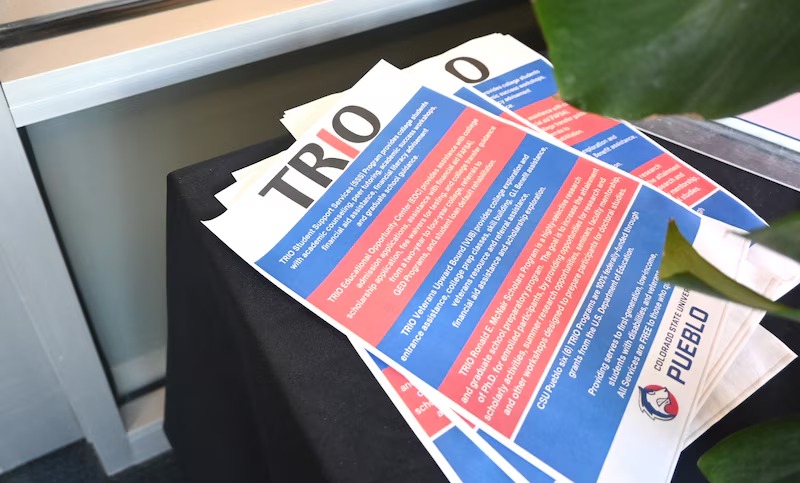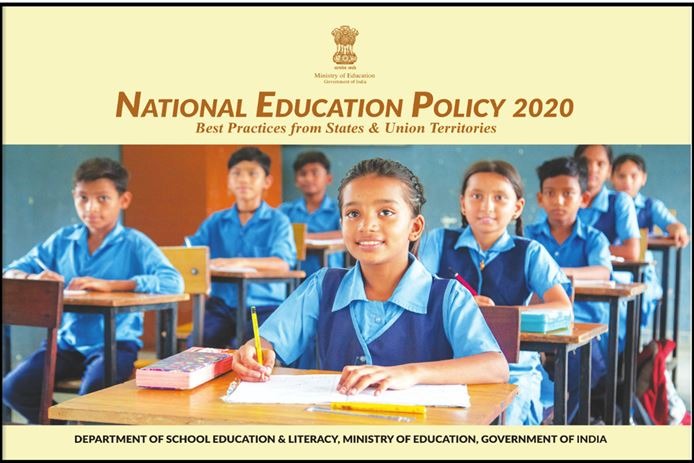 Image Source : Chalkbeat
Image Source : Chalkbeat
The Trump administration’s FY26 budget request has ignited fierce debate by proposing sweeping changes to federal student aid, including the complete elimination of the $1.2 billion TRIO program, which supports nearly 870,000 lowincome, firstgeneration, and disabled students across the country.
Major Cuts and Restructuring
-
The budget seeks a 15.3% reduction in Department of Education discretionary funding, slashing $12 billion from FY24 levels
-
Pell Grant maximum awards would drop by $1,685 to $5,710, affecting millions of students
-
Federal WorkStudy funding would be reduced by $980 million, leaving only $250 million for the program
-
Supplemental Educational Opportunity Grants (SEOG) are proposed for full elimination
TRIO Program in the Crosshairs
-
The administration cites concerns over performance metrics and accountability as justification for cutting TRIO
-
Bipartisan opposition has emerged, with lawmakers like Sen. Susan Collins defending TRIO’s proven impact on college access and completion
-
Advocates warn that eliminating TRIO would disproportionately harm underserved communities and widen educational inequities
Political and Legislative Outlook
-
Education Secretary Linda McMahon defended the cuts as a move to reduce bureaucracy and empower states
-
Congress must finalize the budget by September 30, 2025, with House markups scheduled for the week of July 21
-
Lawmakers from both parties are expected to challenge the proposed reductions, especially those targeting student aid
Implications and Public Response
-
Critics argue the cuts undermine efforts to make higher education accessible and affordable
-
The budget has sparked nationwide advocacy campaigns urging Congress to preserve TRIO and related programs
Sources: NASFAA, Council for Opportunity in Education, NAICU, U.S. Department of Education, CGS.
Advertisement
Advertisement






